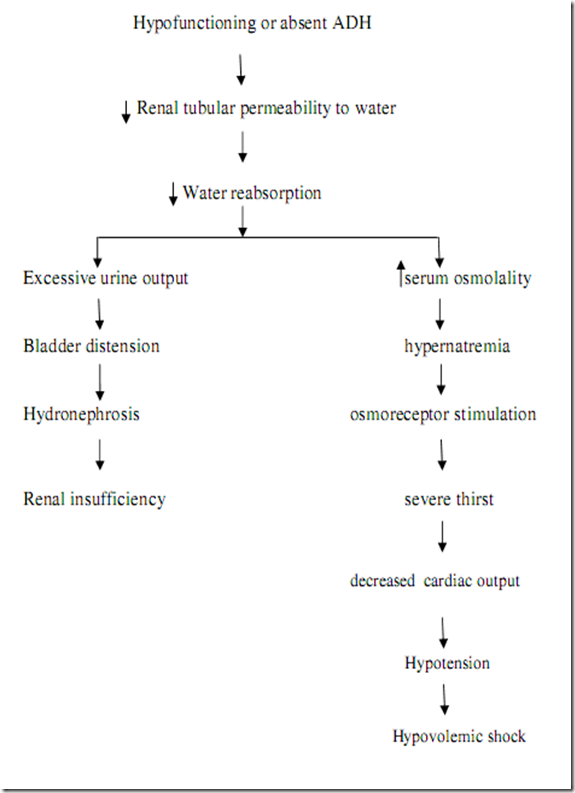CATHETER ABLATION/RADIOFREQUENCY ABLATION
Catheter ablation is a medical procedure used to treat some types of arrhythmia
During catheter ablation, a long, thin, flexible tube is put into a blood vessel in your arm, groin (upper thigh), or neck. This tube is called an ablation catheter. It's guided into your heart through the blood vessel.
A special machine, called a generator, sends energy through the ablation catheter to your heart. The energy modifies, via heating, or, less commonly, freezing, small areas of heart tissue where abnormal heartbeats may cause an arrhythmia to start.
Radiofrequency (RF) energy usually is used for catheter ablation. This type of energy uses radio frequency current to produce heat that modifies the heart tissue. Studies have shown that RF energy is safe and effective.
GENERAL INFORMATIONS:
- Catheter ablation is used to treat abnormal heart rhythms (arrhythmias) when medicines are not effective or for side effects.
Medicines help to
- Catheter ablation is a low-risk procedure that is successful in about 90 percent of the people who have it.
- This procedure takes place in a special hospital room called an
electrophysiology (EP) lab or a cardiac catheterization (cath ) lab. It takes 2 to 4 hours.
- EKG (electrocardiogram).
Echocardiography .- Stress testing.
- Blood tests
Catheter ablation can stop atrial fibrillation from happening and can relieve symptoms. Your doctor can help you decide if ablation is a good choice based on your health.
Catheter ablation works better in people who have paroxysmal atrial fibrillation (episodes last 7 days or less) than in people who have persistent atrial fibrillation (episodes last more than 7 days). For both types, episodes may go away on their own or they go away after treatment. Ablation might be less likely to work the longer a person has persistent atrial fibrillation. 4
Ablation works best for younger people who have paroxysmal atrial fibrillation and little or no structural heart disease.
Things that limit how well catheter ablation works include older age, other heart problems, obesity, and sleep apnea.
Catheter ablation is still being studied to see how well it works and how safe it is in the long term.
Paroxysmal atrial fibrillation
Research shows that ablation helps more than 70 to 80 out of 100 people. 5 That means it does not help in about 20 to 30 out of 100 cases.
In a worldwide survey, ablation helped 84 out of every 100 people. 6
Persistent atrial fibrillation
Research shows that ablation helps about 50 out of 100 people. 4, 1 That means it doesn't work in about 50 out of 100 cases.
In a worldwide survey, ablation helped about 65 out of every 100 people. 6
Repeated ablation procedures
If the first procedure doesn't get rid of atrial fibrillation completely , you may need to have it done a second time. Repeated ablations have a higher chance of success. Research shows that a second ablation is needed in 20 to 40 people out of 100. This means that 60 to 80 out of 100 people don't need another ablation. 4
Risks
Catheter ablation is considered safe. Most people do well afterward.
Your doctor can help you decide whether the possible benefits of ablation outweigh these risks:
Problems during the procedure
If problems happen during the procedure, your doctor is prepared to fix them right away. In studies and a worldwide survey, serious problems happened in about 4 out 100 people. 7, 6 These problems include an accidental hole in the heart, the need for emergency surgery, and nerve damage in the chest.
Rare problems include cardiac tamponade and stroke. They happen in about 1 out of 100 people. 5 This means that they do not happen in about 99 out of 100 people. Another serious problem affects the pulmonary vein and happens in about 1 to 6 people out of 100 people. 5, 7 This means that it does not happen in about 94 to 99 people out of 100.
Death from the procedure is very rare. It happens to about 1 out of 1,000 people. 5 This means that 999 out of 1,000 people don't die from the procedure.
Problems after the procedure
Problems after the procedure can be minor (such as mild pain) or serious (such as bleeding). Your doctor will check you closely after the procedure. He or she can fix most of these problems.
The most common problems are related to the catheter that was inserted in a vein. Most of these vein problems aren't serious. They include minor pain, bleeding, and bruising. Vein problems happen in 0 to 13 people out of 100.4 This means that they don't happen in 87 to 100 people out of 100. In a worldwide survey, serious vein problems happened in 1 out every 100 people. 6
Serious problems aren't common. These problems include stroke and new heart rhythm problems. A rare problem is a life-threatening problem with the esophagus (atrio-esophageal fistula) that happens to about 1 out of 1,000 people. 5 This means it doesn't happen to 999 out of 1,000 people.



